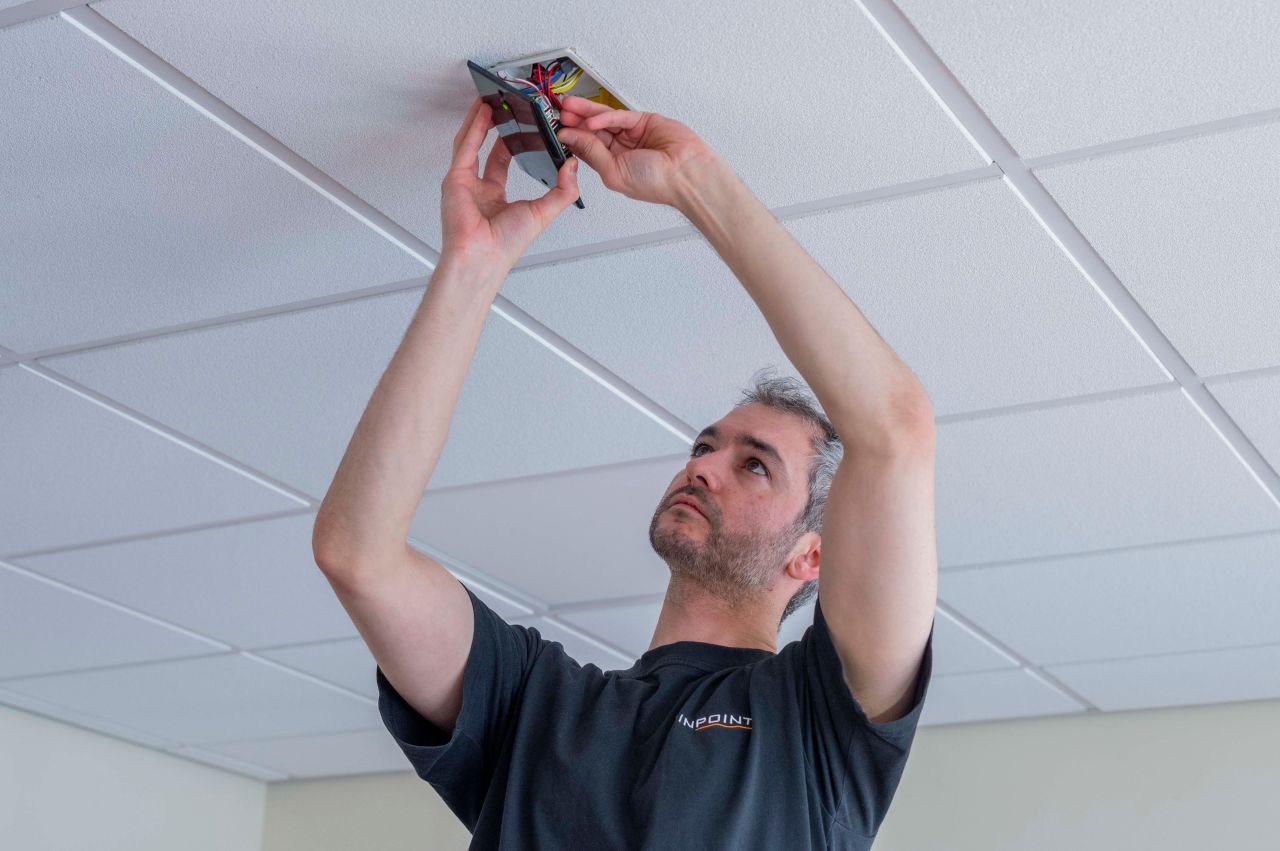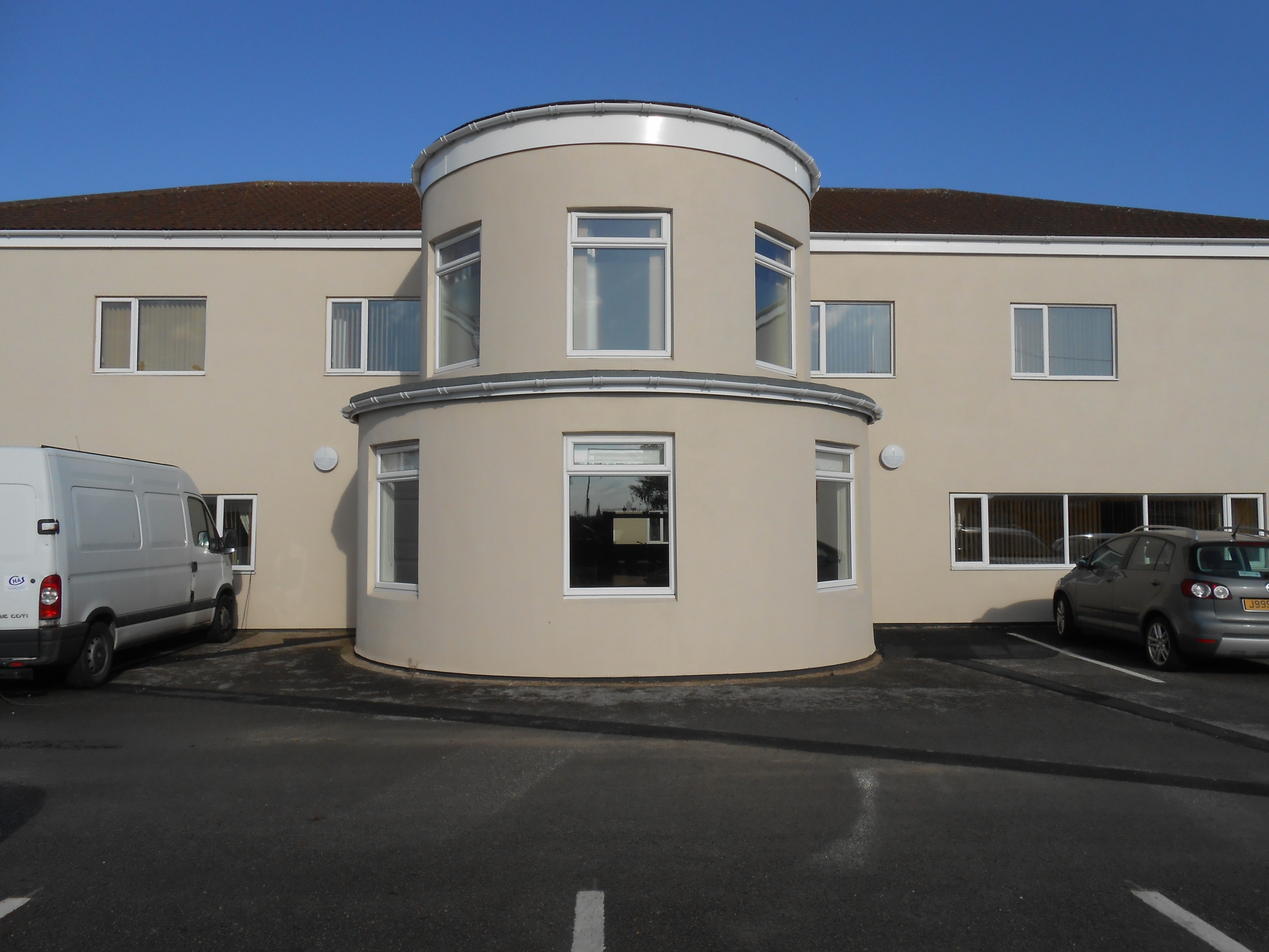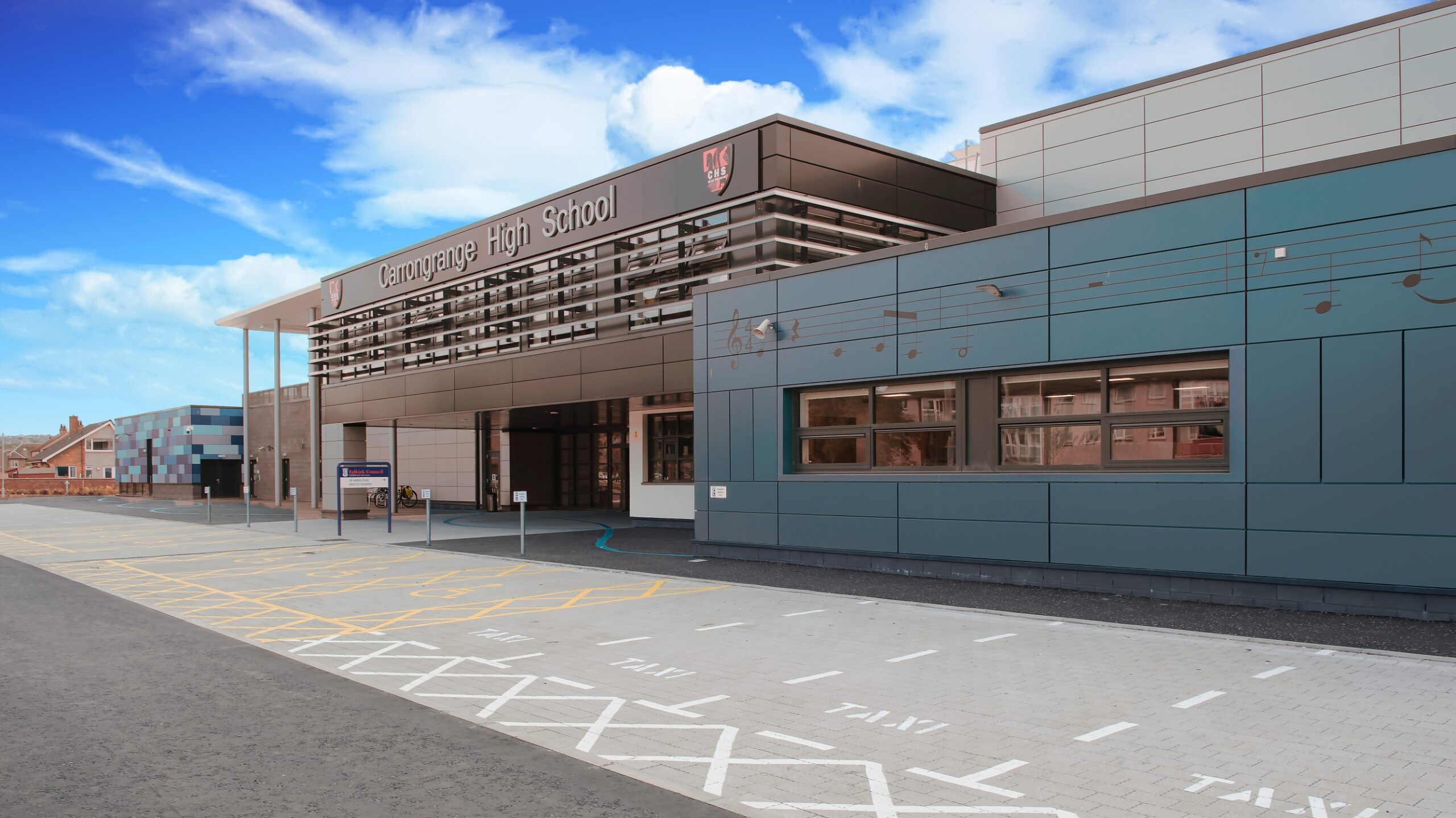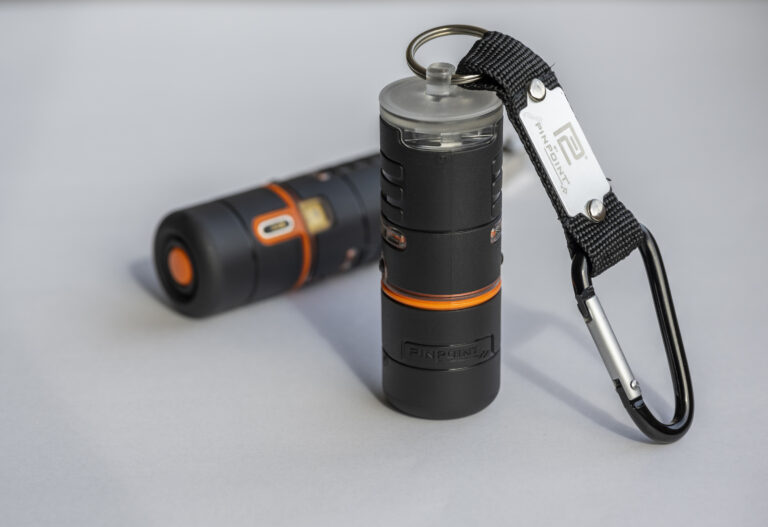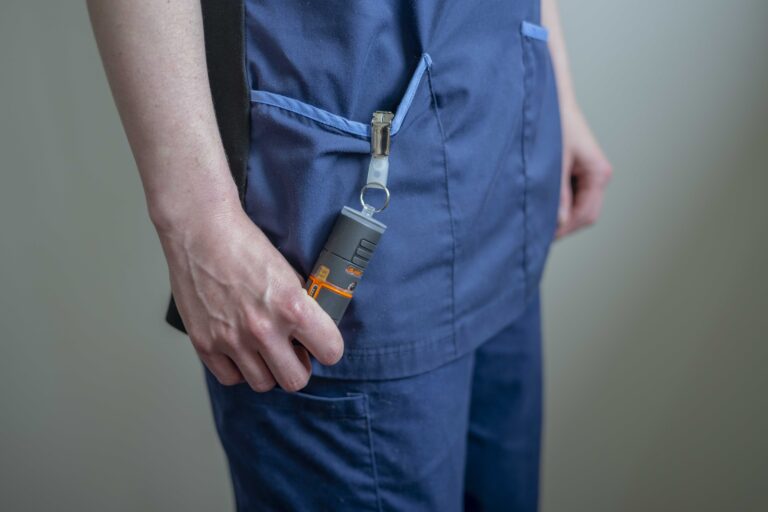No products in the cart.
A well-established mental health facility in Ireland, providing critical care to a diverse patient population, sought to upgrade its staff safety system to improve response times and reduce risk. The unit had long relied on an outdated staff safety system that had become increasingly unreliable, leading to delays in response times during emergencies. In a mental health setting, where situations can escalate unpredictably, a fast and reliable safety system is essential for staff confidence and patient security.
Recognising these vulnerabilities, the management team sought to upgrade the safety infrastructure by installing a modern Pinpoint P2 System, known for its accuracy and rapid response.
Challenges of Retrofitting
Retrofitting an alarm system into a fully operational facility requires logistical and technical consideration. Unlike a new-build installation, the project required working around the existing structure without disrupting patient care.
One of the main challenges here was working in a live healthcare environment. The unit needed to remain fully functional during the installation, requiring work to be scheduled around therapy sessions, mealtimes, and rest periods to avoid disrupting patient routines.
Additionally, the new system needed to be installed discreetly to avoid unsettling patients, particularly those experiencing anxiety or paranoia. The goal was to enhance safety without creating a clinical or institutional feel.
Structural limitations added complexity. The existing infrastructure was not designed for modern cabling systems, requiring creative solutions to run new wiring without damaging walls, ceilings, or floors.
Installation Process
The installation process began with a comprehensive site assessment and planning phase led by John McSwiggan, Sales Engineer at Pinpoint’s Ireland offices. The team from Pinpoint, in collaboration with the facility management team, conducted a detailed survey of the unit to identify the best routes for cabling and the most effective placement of sensors and call points. The planning phase focused on minimising structural disruption by using existing cable routes where possible and identifying opportunities to conceal new wiring within existing fixtures and architectural features.
To avoid interfering with daily operations, Pinpoint installed the P2 System in carefully managed phases. The work was scheduled during off-peak hours to minimise the impact on patient routines and therapy sessions. High-priority areas, such as treatment rooms and staff stations, were completed first to ensure that essential safety infrastructure was available at all times. This phased approach allowed the installation team to maintain a functional safety system throughout the process, ensuring that staff and patients remained protected even as the new P2 System was being introduced.
Specialist cabling techniques were employed to address the structural limitations of the building. Low-impact surface trunking was used to house new wiring, providing a secure and discreet solution that minimised invasive work. Where existing cable routes were insufficient, innovative methods such as under-floor and above-ceiling routing were used to preserve the building’s integrity while accommodating the demands of the new system.
Throughout the installation, close collaboration with staff was maintained to ensure that the project aligned with the needs of the unit. Regular progress meetings were held, allowing staff to provide feedback and adjust the installation plan as needed. Temporary safety measures, such as portable alarms and additional security personnel, were introduced to cover any gaps during the transition period. Staff were also provided with training on the new system, ensuring they were fully equipped to use it effectively from day one.
Impact and Outcomes
The retrofitting of the Pinpoint System was completed successfully without major disruptions to patient care or staff operations. The seamless integration of the new P2 System meant that staff could transition smoothly to the enhanced safety infrastructure without the need for extensive operational adjustments.
The impact on staff safety was immediate and measurable. Staff reported increased confidence in handling high-risk situations, knowing that emergency assistance was readily available at the push of a button. The improved accuracy and speed of the Pinpoint system significantly reduced response times during incidents, enhancing the overall safety of the unit.
The reduction in visible security equipment, facilitated by the P2 System’s discreet, modern look, also contributed to a calmer environment while providing staff with the reassurance of enhanced protection.
Conclusion
The success of the project demonstrates that even the most complex and sensitive healthcare environments can benefit from modern safety technology. By adopting a phased approach this mental health unit was able to implement a cutting-edge staff safety solution without compromising the quality-of-care post-installation and during.
Is your facility relying on an outdated staff safety system? Contact us today to learn how Pinpoint can seamlessly retrofit your facility with the latest staff safety technology.
